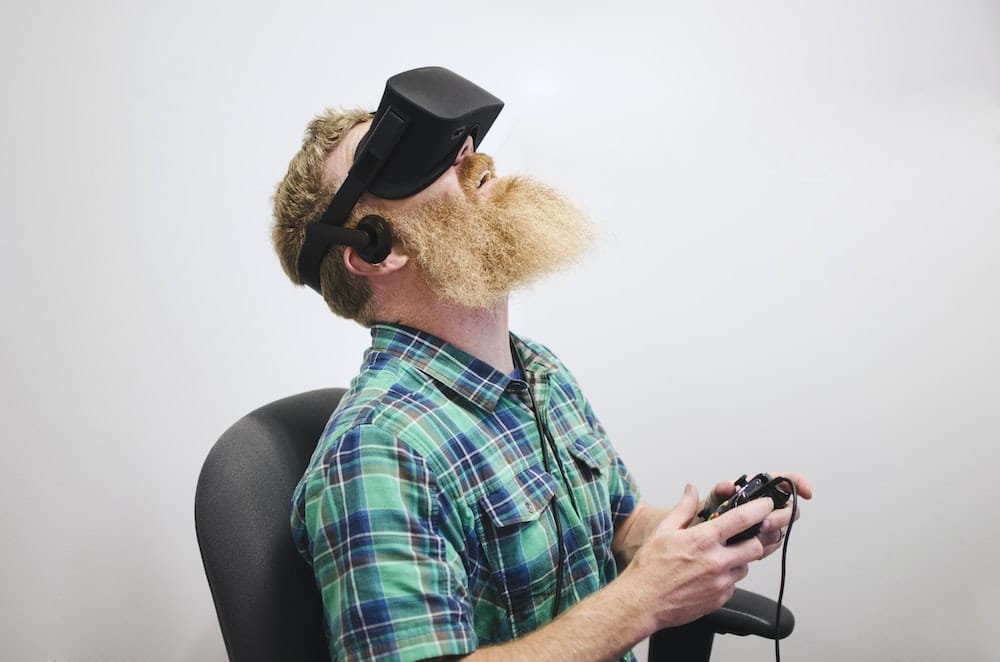As the cycling world continually adapts to technological advancements, it’s important to understand how these new tools can benefit riders. Virtual reality (VR), a technology that simulates real-world experiences, has the potential to significantly impact race strategy training for cyclists in various ways. From providing realistic training environments to enabling better analysis of race strategies, VR has a wealth of benefits to offer training cyclists. In this article, we explore these benefits and delve deeper into the ways that VR can enhance cyclists’ training.
A Realistic Training Environment
Virtual reality has the unique capacity to create an immersive, realistic training environment for cyclists. This can prove to be a game-changer for training race strategy.
En parallèle : What’s the Role of Drone Technology in Analyzing Snowboarding Techniques?
For many cyclists, training often involves long rides on the same trails, in the same weather conditions, and in the same locales. However, VR can revolutionize this experience by providing a diverse set of scenarios and conditions with a degree of realism that can be considered akin to the real world. Cycling in a virtual environment allows for more controlled, varied, and repeatable conditions that can help riders better prepare for a wide range of race situations.
Imagine being able to train on the most challenging parts of a race course without leaving your home. Instead of having to travel to distant locations to gain experience on different terrains, you can simply strap on a VR headset and start training. This can save considerable time, money, and resources while providing a high-quality training experience.
A lire également : What’s the Best Approach to Build Mental Resilience in Young Soccer Players?
Enhancing Analysis of Race Strategies
Virtual reality’s ability to record and replay rides opens up new opportunities for analyzing race strategies.
When you’re cycling in a VR environment, every detail of your ride can be recorded, from the speed you’re cycling at to the line you’re taking on a turn. You can then replay these rides in VR, allowing you to closely analyze your performance. You can see exactly where you made mistakes, pinpoint areas for improvement, and identify opportunities to enhance your race strategy.
In addition, the ability to replay rides allows you to experiment with different strategies without the fear of making costly mistakes in actual races. This ability to test and refine strategies in a safe and controlled environment can be invaluable to improving performance in actual races.
Improving Mental Preparation and Focus
Another significant benefit of using VR for race strategy training is its ability to improve mental preparation and focus.
Cycling races aren’t just about physical strength and endurance. They also require a high level of mental toughness and concentration, especially when it comes to maintaining a race strategy over a long period of time. VR can help with this aspect of training by simulating the mental stresses and challenges of a real race.
By training in a VR environment that mimics the pressure and intensity of a real race, you can better prepare mentally for race day. This can not only improve your focus and decision-making during the race but also enhance your ability to stick to your planned race strategy.
Increasing Accessibility to High-Quality Training
Lastly, VR can make high-quality race strategy training more accessible to a wider range of cyclists.
Traditional high-level race strategy training often involves significant costs, including travel expenses to train on various courses and hiring professional coaches for personalized training. However, with VR, you can access similar quality training at a fraction of the cost.
VR can provide a wide range of training scenarios, from flat courses to steep mountain terrains, all at the comfort of your home. Moreover, VR training programs can provide personalized training guidance based on your performance data, effectively serving as a virtual coach.
In conclusion, with its ability to create realistic training environments, enhance analysis of race strategies, improve mental preparation, and increase accessibility to high-quality training, VR has the potential to significantly enhance race strategy training for cyclists. As technology continues to evolve, it’s likely that the role of VR in cycling training will only continue to grow.
Expanding the Horizon of Group Training
Virtual reality can go beyond just individual training, it can also revolutionize group training and introduce new dynamics to race strategy.
Cycling is often a team sport, with race strategies often centered around the combined efforts of several riders. Group training is therefore crucial to mastering these team-based strategies. However, coordinating group training can be logistically challenging, especially when team members live in different locations.
With virtual reality, cyclists from all around the world can train together in the same virtual space. They can practice team strategies, such as drafting and pacing, on any kind of course, under any weather condition, all in real-time. They can communicate with each other, coordinate their efforts, and develop a deeper understanding of each other’s strengths and weaknesses in a controlled environment. This can significantly enhance the efficiency and effectiveness of group training.
Furthermore, VR can also replicate the dynamics of an actual race with other competitors. Cyclists can race against virtual opponents, learning how to navigate through a peloton, when to conserve energy and when to break free. This can provide valuable experience and insights that can be difficult to gain through traditional training alone.
Personalizing Training Programs
Virtual reality also offers the potential to develop personalized training programs for cyclists.
Every cyclist is unique, with different strengths, weaknesses, and potential areas of improvement. A one-size-fits-all approach to training is therefore not the most effective way to enhance performance. Virtual reality, with its ability to gather granular performance data, can be used to create customized training programs tailored to the individual needs of each cyclist.
For instance, a VR training program can analyze a cyclist’s performance on various types of terrains and identify where they struggle the most. The program can then create a training regimen that focuses on improving performance in these areas. Similarly, the program can analyze the cyclist’s race strategy, identify any strategic errors, and provide personalized feedback and suggestions.
In addition, VR can also adapt training programs based on progress. As the cyclist improves, the program can gradually increase the difficulty of the training scenarios, ensuring that the cyclist is always challenged and motivated.
Concluding Thoughts
The utilization of virtual reality in race strategy training for cyclists is truly a revolutionary advancement in the cycling world. From providing a realistic training environment and enhancing analysis of race strategies to improving mental preparation and focus, VR offers numerous benefits. The ability to revolutionize group training and personalize training programs further underscores the potential of VR in cycling training.
As we move forward, it’s essential to continue exploring and leveraging the capabilities of VR to enhance cycling training. The future of cycling training is undoubtedly digital, and the role of VR is set to be a significant part of this new era. With VR, cyclists can train smarter, perform better, and ultimately, reach their full potential.





